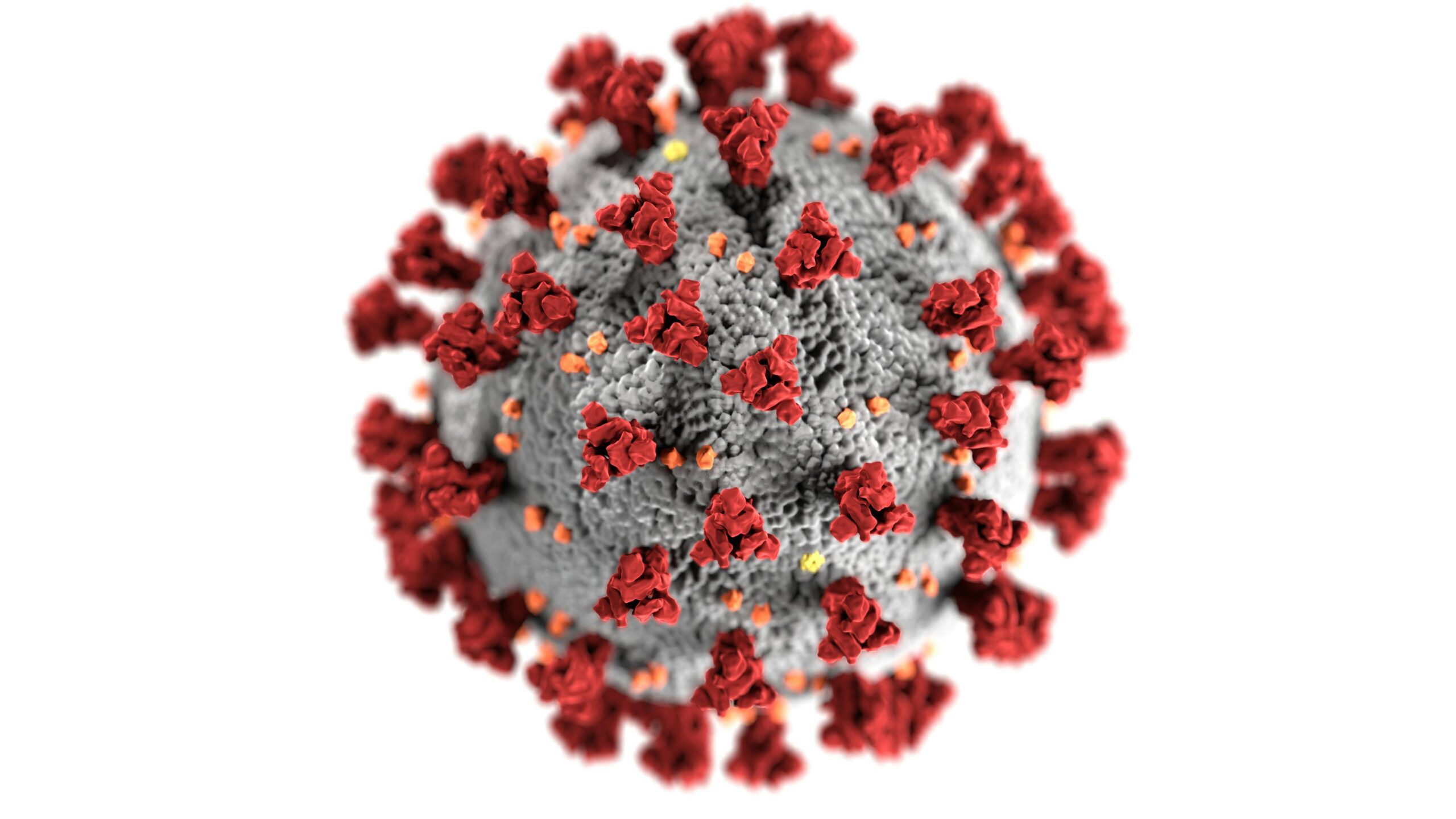Human Metapneumovirus (hMPV) is a respiratory virus that has recently gained attention due to a surge in cases, particularly in China. Although not a new pathogen—it was first identified in 2001—hMPV is now being closely monitored by health authorities worldwide.
What Is hMPV?
hMPV is a member of the Pneumoviridae family, closely related to the Respiratory Syncytial Virus (RSV). It primarily causes respiratory infections, with symptoms ranging from mild to severe. Common symptoms include:
- Cough
- Fever
- Runny or stuffy nose
- Sore throat
- Wheezing
- Shortness of breath
In most healthy individuals, hMPV leads to mild, cold-like symptoms that resolve within 7 to 10 days. However, it can cause more severe illness in young children, the elderly, and immunocompromised individuals, potentially leading to conditions like bronchiolitis or pneumonia.
Recent Surge in Cases
In late 2024, China reported a significant increase in respiratory infections attributed to hMPV. Data from the Chinese Center for Disease Control and Prevention indicated that hMPV accounted for 6.2% of positive respiratory illness tests and 5.4% of respiratory-related hospitalizations, surpassing figures for COVID-19, rhinovirus, or adenovirus during the same period.
This rise has led to concerns about the potential for hMPV to become a widespread health issue. However, experts emphasize that while the increase is notable, it aligns with typical seasonal patterns observed in respiratory viruses. The World Health Organization (WHO) has stated that the current trends are within expected ranges for this time of year.
Comparison to hmpv COVID-19
Given the recent global experience with the COVID-19 pandemic, any emerging virus understandably raises alarm. However, health experts assert that hMPV does not pose the same threat level as SARS-CoV-2. Unlike COVID-19, hMPV has been circulating for decades, and most individuals develop immunity to it by the age of five. Additionally, hMPV has a slower mutation rate compared to COVID-19, reducing the likelihood of it causing a pandemic.
Prevention and Treatment
There isn’t a particular antiviral medication or vaccination for hMPV at the moment. Management focuses on alleviating symptoms:
- Rest and hydration
- Over-the-counter drugs for pain relief and fever reduction
- Medical treatments like oxygen therapy could be required in extreme situations.
The precautions advised for other respiratory viruses are comparable:
- Regular handwashing with soap and water
- Avoiding close contact with individuals exhibiting symptoms
- When sneezing or coughing, cover your mouth and nose.
- Staying home when feeling unwell
Global Monitoring
Health authorities worldwide are monitoring hMPV cases to detect any significant changes in its behavior or impact. In the UK, for instance, the UK Health Security Agency has noted a slight increase in cases but maintains that the threat level remains “medium.” Experts continue to study the virus to better understand its transmission patterns and to develop potential vaccines or treatments in the future.
Conclusion
While the recent increase in hMPV cases has drawn attention, it is not considered a new or highly dangerous virus. Most infections are mild and self-limiting, and the current rise in cases aligns with expected seasonal patterns. Maintaining good hygiene practices and staying informed through reputable health sources remain the best strategies for prevention and protection.
Recent Developments on hMPV
The Scottish Sun
New York Post
The truth about HMPV panic, according to experts – and how it really compares to COVID
The Sun
https://www.the-sun.com/health/13249915/hmpv-china-increasing-uk-cases/?utm_source=chatgpt.comCases of little-known hMPV virus surging in China are ‘increasing’ in the UK – are you at risk?




